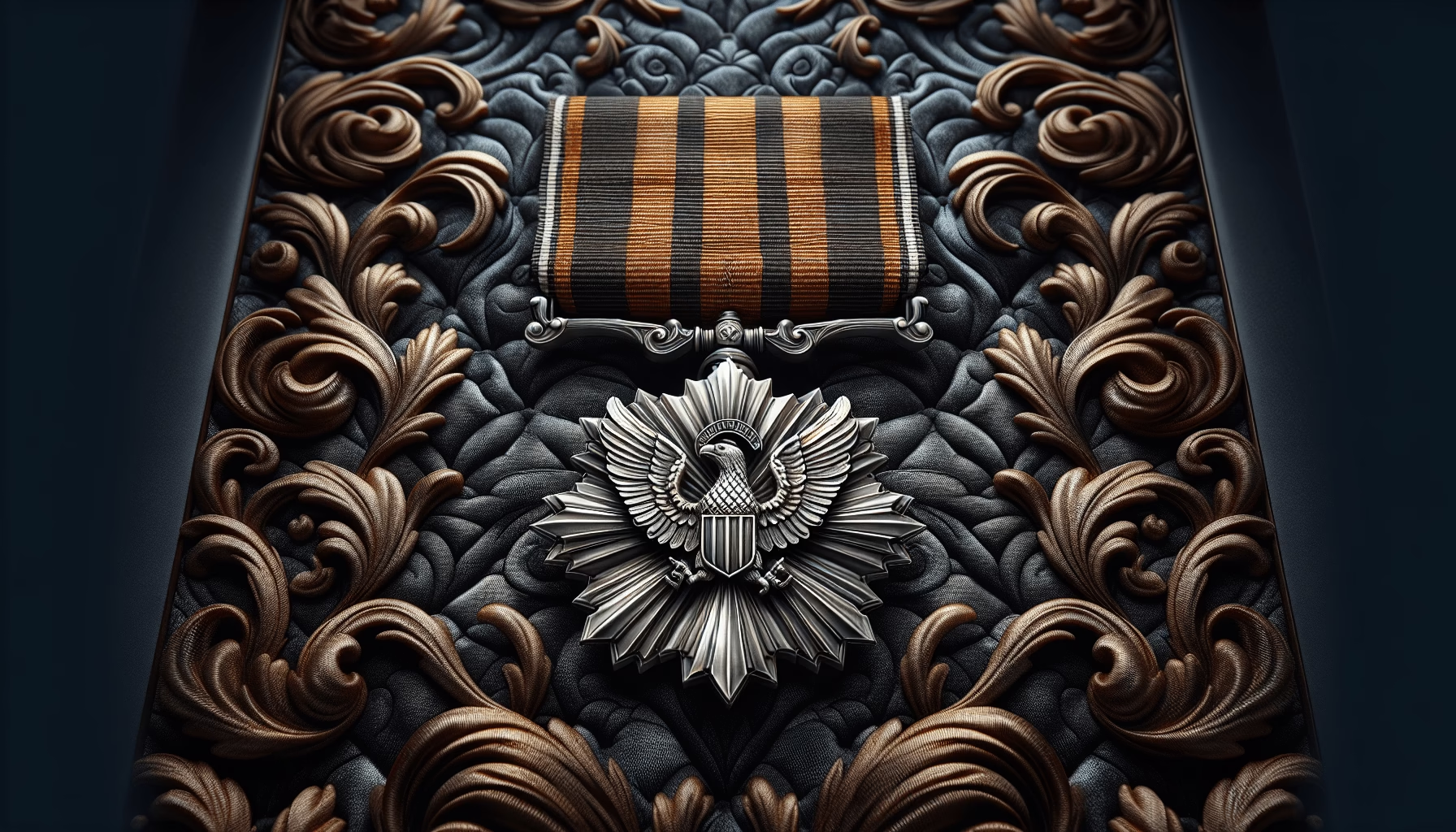What drives the passion for military medal collection displays? It’s a pursuit not only marked by aesthetics and order but by a deeper, more profound respect for history. Military medals serve as tangible reminders of valor, sacrifice, and historical events that shaped the world. For collectors, these medals represent stories that deserve to be preserved and displayed with honor. But how does one go about creating an effective and respectful display? This article delves into the essential knowledge required for military medal collection displays, ensuring they are showcased with dignity and historical accuracy.

Table of Contents
Understanding the Historical Significance of Military Medals
Military medals hold stories of bravery, honor, and service. They are awarded to service members who have demonstrated exceptional valor or service. Each medal is a symbol of recognition and the historical events in which the recipient participated. From the World War I Victory Medal to the contemporary Purple Heart, these pieces are imbued with historical significance that extends beyond their physical form.
Military decorations first took widespread form during the Napoleonic Wars, where bravery and merit were officially recognized in a formal manner. Over time, the role and recognition of military decorations evolved, with each conflict and military campaign adding new layers to their significance. Understanding this historical context is crucial in creating a meaningful display.
The Relationship Between Medals and Events
Each military medal is intricately tied to specific events or periods. For example, World War II saw the introduction of several new medals that recognized distinct acts of heroism and service. Knowing which events are associated with your collection helps provide context and meaning, both of which are essential when curating a display.
Key Concepts in Military Medal Display
Displaying military medals is an art as much as it is a science. The visual appeal, historical accuracy, and respect for the medals themselves all contribute to an effective presentation. Several key concepts will guide you through this process.
Authenticity and Verification
One of the first steps is ensuring the authenticity of each medal in your collection. This involves an understanding of the various elements that distinguish genuine medals from reproductions or fakes. Pay close attention to specific details like engraving, material composition, and manufacturing marks. Verification from experts or reliance on reputable sources can provide additional assurance of authenticity.
Respect and Honor
Displaying military medals is more than just arrangement. It involves an inherent respect and honor towards the awardees. This means respecting the order of precedence, understanding the story behind each medal, and ensuring respectful placement in your showcase. Each medal should be treated with care and properly supported within its display case. An understanding of military culture and values enhances one’s ability to create a respectful presentation.

Crafting the Perfect Display: A Step-by-Step Guide
Creating a military medal display can seem daunting, but with the right approach, it becomes a rewarding endeavor. The following step-by-step guide provides a structured process to ensure all aspects are covered.
Assessing Your Collection
Begin by taking a full inventory of the medals you possess. This process involves cataloging each item, including details like the type of medal, the historical context, and any related documentation. Understanding what you have is crucial in planning an effective display.
Choosing the Right Display Case
The display case serves as both a protective element and a frame for your collection. Consider factors such as size, material, and security. Glass or acrylic cases are popular for their visibility, while materials like wood can add an elegant touch. The case should be capable of protecting the medals from dust, moisture, and light to preserve their condition.
Arranging the Medals
Arranging medals requires a keen eye for detail and an understanding of military customs. Medals should be displayed according to their order of precedence, which may vary from country to country. This order shows the importance of each medal relative to others. It’s important to familiarize yourself with these protocols to avoid unintended disrespect.
Labeling and Information
Each medal should be accompanied by a label providing relevant information. This includes the name of the medal, the criteria for which it was awarded, and possibly a brief historical context. Proper labeling not only educates viewers but also enhances the overall appreciation of the collection.
Including Personal Stories
Where possible, including the stories of the individuals who received the medals can bring the display to life. This adds a personal touch and serves as a powerful reminder of the human element in military history. Narratives of bravery and sacrifice resonate with viewers and deepen the appreciation for the collection.
Enhancing Understanding: Use of Visuals and Multimedia
Visual aids and multimedia elements can greatly enhance the understanding and engagement with your military medal display. Strategically incorporating these elements can bring history to life.
Photos and Portraits
Including photographs or portraits of the medal recipients can make the display more personal and impactful. If authentic images are unavailable, period-appropriate imagery relevant to the medals’ historical context can serve a similar function.
Infographics and Timelines
Infographics can succinctly convey complex information about the medals, such as their timeline, significance, and evolution. A well-designed infographic allows viewers to grasp the scope and context of your collection at a glance.
Video and Audio Elements
Relevant video footage or audio recordings, such as interviews with veterans or historical documentaries, can be integrated into the display. These elements can provide dynamic context and a more immersive experience.

Case Studies and Success Stories
Learning from others can provide valuable insights. Studying successful military medal displays can offer inspiration and practical ideas.
Case Study: A Community Exhibit
A noteworthy example is the “Heroes Among Us” exhibit hosted by a small town historical society. This exhibit incorporated donated medals from local veterans, each coupled with a personal story and historical context, turning the exhibit into a powerful communal tribute.
Comparison: Museums vs. Personal Displays
Both museums and personal collections offer unique insights into military medal showcasing. Museums often have access to extensive resources and expertise, while personal displays can incorporate individual passion and creativity. Understanding the differences can help guide your approach and technique.
Conclusion: The Quest for Honor and History
Displaying a collection of military medals is more than an organizational challenge; it is an opportunity to honor and remember those who served. It’s about preserving history in a tangible form and sharing stories that might otherwise be forgotten. With an understanding of historical significance, key display concepts, and careful planning, collectors can create exhibits that educate, inspire, and pay proper tribute to the recipients of these prestigious awards.
Whether you are a long-time collector or just beginning your journey, the essentials covered here will guide you towards creating a meaningful and honorable display. Remember, each medal is more than just a piece of metal; it is a story of courage and sacrifice that deserves to be shared with dignity and pride.

What is the purpose of medals? Do we need to keep them on display?
Professional Strategies for Authenticating Star Wars Memorabilia

